To Catch a Thief (1955)
Directed by: Alfred Hitchcock
Written by: Alec Coppel, David Dodge, John Michael Hayes
Starring: Cary Grant, Grace Kelly, Jessie Royce Landis, John Williams
HCF REWIND NO. 251: TO CATCH A THIEF [US 1955]
RUNNING TIME: 112 min
AVAILABLE ON DVD
THE HITCHCOCK CAMEO: Staring straight ahead and sitting motionless to the left of John Robie in the back seat of a bus, revealed as the camera slightly pans to the right
REVIEWED BY: Dr Lenera, Official HCF Critic
John Robie is a retired infamous jewel thief or “cat burglar,” nicknamed “The Cat,” who now tends to his vineyards in the French Riviera. The modus operandi of a recent series of robberies leads the police to believe that the Cat is involved; they attempt to arrest him, and he adeptly gives them the slip. He seeks refuge with the old gang from his French Resistance days, a group paroled based on patriotic war work as long as they keep clean, and sets out to prove his innocence by catching the new cat burglar in the act. He enlists the aid of an insurance man who reluctantly obtains a list of the most expensive jewels currently on the Riviera. Jessie Stevens and her daughter Frances top the list….
To Catch A Thief seems to be largely one of those films that people tend to remember fondly and are then disappointed with when they re-watch it, but I’ve never really been a fan of it. Every time I watch it myself, I hope it’ll be better than before but my hopes are always dashed. It’s not at all a bad movie, in fact it’s a perfectly pleasant viewing experience, like going on a holiday to a lovely place with glamorous companions, but that’s really about it. Hitchcock was obviously taking it easy after making the masterpiece that was Rear Window, and he’d certainly earned the right to do so, but a cursory comparison with other similarly light, frothy pictures of his like Young And Innocent, not to mention the excellent The Lady Vanishes, really shows To Catch A Thief to be quite weak, though of course I’d probably be praising it a great deal more if it had been made by another director. That’s the problem when a film-maker makes so many great films. One tends to criticise his weaker efforts rather too much even if taken on their own they may not actually be bad at all.
It was Paramount who suggested to Hitchcock that he make a film of David Dodge’s novel, influenced by the real-life cat burglar Dario Dambucci, of the same title which they had owned for three years. Eager to work with Grace Kelly, with whom he was infatuated, again and take a holiday to the French Riviera at the same time, Hitchcock jumped at the chance, and enlisted John Michael Hayes, whose collaborating with on Rear Window had proved so fruitful, to write the script with, as usual, much input from himself. They minimised the secondary characters, beefed up the central romance, and added a few scenes like the flower market chase. Cary Grant had actually retired the previous year, partly because he was protesting about the treatment of Charlie Chaplin by the House Of Un-American Activities [they thought he was a communist], and partly because he thought that the rise of Method actors made people less interested in seeing people like him. Bad weather caused delays and a carnival scene to be cut from the schedule, but eventual filming went really smoothly with no hiccups except for Hitchcock, according to co-star Brigitte Auder, suddenly planting kisses on her mouth one evening. Hitchcock even allowed for some dialogue to be improvised. It was another popular and, more surprisingly, critical success. It’s often claimed that Kelly met Prince Rainier of Monaco while shooting the film, this leading to marriage and her leaving the silver screen, though this actually happened the following year. In 1980 she died of a stroke whilst driving fast along one of the roads featured in To Catch A Thief, which gives one particular scene in the film a morbid edge.
To Catch A Thief opens dramatically with a scream, perhaps atypically considering there’s not much that’s dramatic about the proceedings elsewhere. A montage showing various people waking up to find they’ve been robbed is effective, and we then quickly have a car chase as the cops think John Robie did it, only he’s been straight for fifteen years, and locate him at his vineyard. Rather than try to make the chase exciting through dramatic cutting etc., Hitchcock chooses to make it an almost serene experience by shooting most of it aerially, emphasising the beauty of the location more than anything else, the two cars mostly seeming like specks. After hanging around briefly with some old French Resistance pals, and in particular the delectable Danielle Foussard, with whom he may have been involved [it’s a bit vague, but there are signs of it], he’s forced to flee again. You can’t say that this film doesn’t get off to a lively start, and we soon get a chase and fight in a flower market, but it’s not very exciting at all, is too brief, and is played mostly for laughs – most of it consists of an old lady beating John with a flower because a load of hers have been damaged – only it’s only mildly amusing rather than laugh-out-loud funny. This is a problem throughout the film – it often tries to be funny but only partly achieves that.
The pace of the film really slows down after this in what is a very oddly and unsuccessfully paced picture. It becomes more of a romance with a strange twist as Frances seems to be ‘turned on’ by on the fact that John could be a thief [Hitchcock would deal with this situation, which obviously interested him, more seriously in Marnie], but it doesn’t really convince, right from the early scene of her totally ignoring him when they first meet at dinner with her mother, then kissing him straight on the lips when he walks her to her hotel room. Earlier on in the film John drops a 10 000 franc chip down a woman’s cleavage at the casino, and later on Hayes gives Grant and Kelly a surprisingly large amount of double entendre-filled dialogue [“You want a leg or a breast?” she asks him during a picnic, meaning of course chicken] to enjoy, some of which remains surprising in that it got past the censors when far more innocuous lines in other films ran into trouble. Their main love scene has the camera constantly cut to an elaborate display of fireworks, which is meant to be as corny as it is, though of course it’s been parodied countless times since. Frances suddenly turns to hating him when it appears he may have robbed her, and the film eventually gives us a reasonable suspense scene amidst some ruins where somebody saves John from somebody else – well, this person can’t be the thief, can he? – and an elaborate costume ball sequence where the thief will hopefully be unmasked. The camera dwells endlessly on the amazing costumes before we get a fairly tense rooftop climax and another one of Hitchcock’s scenes of somebody trying to rescue someone else who is hanging on for their dear life.
The revelation of who the thief is is both predictable and makes little sense. It would have been far more interesting if – MILD SPOILER – Frances had turned out to be the thief, because Kelly’s character doesn’t really have anything to do besides modelling clothes and fancy John! The story rarely goes to the interesting places it could do and everything just remains extremely superficial without ever becoming that much fun. Said clothes – I counted six outfits in this one – do look great, Edith Head doing a superb job, and in fact most of the film looks great due to the locations which have mostly been chosen for their pictorial value. Unfortunately, some scenes still jarringly feature back projection and it’s hard to work out why considering the cast were mainly on location throughout. Night-scenes often look interesting with their large use of green, and the big love scene in Frances’ room features such gorgeous colour schemes it looks like you’re watching a Mario Bava film – again Robert Burks succeeds in making a Hitchcock film look different to any he’s photographed previously. If you didn’t know it though, you wouldn’t automatically think that Hitchcock directed this film. It’s only evident in fits and spurts, and rather than attempt to heighten scenes, he seems more interested in filming the scenery and doing things like inserting cats and cat motifs all over the place. There’s nothing inherently wrong with this film – it remains agreeable glamorous escapism – but even this sort of thing has been done much better elsewhere, including Blake Edwards’ The Pink Panther and The Return Of The Pink Panther, which both borrowed from To Catch A Thief greatly. Take away the locations, the costumes and the stars, and you have something that is almost – dare I say it – dull.
Grant, who is nearly twice Kelly’s age, seems a little ill-at-ease, while Kelly remains almost divinely beautiful but struggles with barely having a character to play and even seems to fluff a couple of her lines. Jessie Royce Landis as her plain-speaking, even vulgar [she stubs a cigarette in an egg because Hitchcock hated eggs] mother and Dial M For Murder’s John Williams as the straight-laced insurance man actually give far better value. Brigitte Auber as Danielle should have been in the film more. Lyn Murray’s score is mostly appropriately bright and breezy, coasting along nicely like the film though sometimes trying too hard to make what’s happening on-screen funny. His love theme is pleasant but forgettable. At odd times though, it really sounds just like Bernard Herrmann, who would become Hitchcock’s composer of choice. When John arrives at a harbour, the sinister chord patterns could have come just from that composer. Some of the scenes of suspense actually feature no music, an effective choice. There are good bits and pieces scattered throughout To Catch A Thief, and it’s a hard film to actually dislike, but it clearly shows the Master coasting, and is definitely the least interesting of his 50’s films.
Rating: 










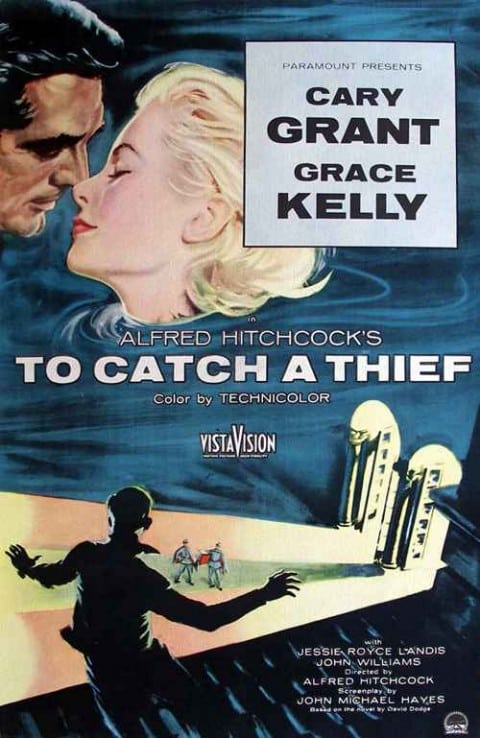
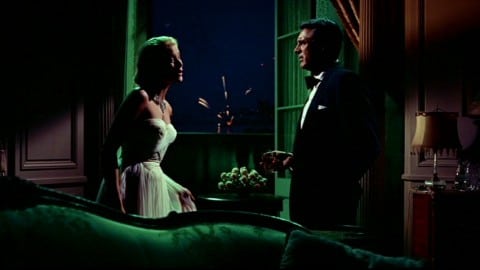
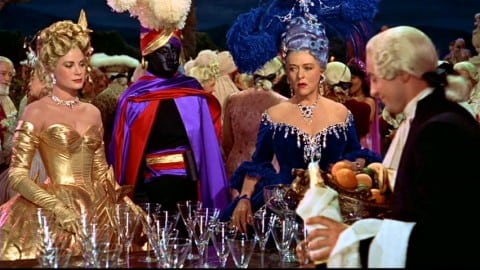

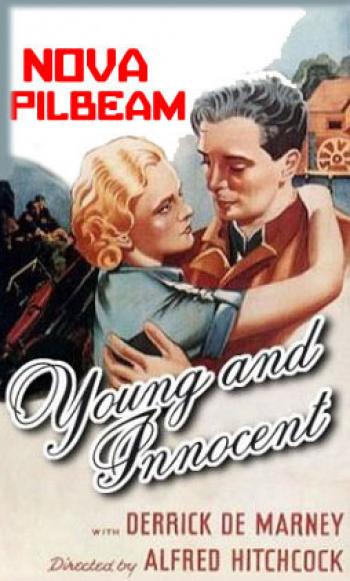
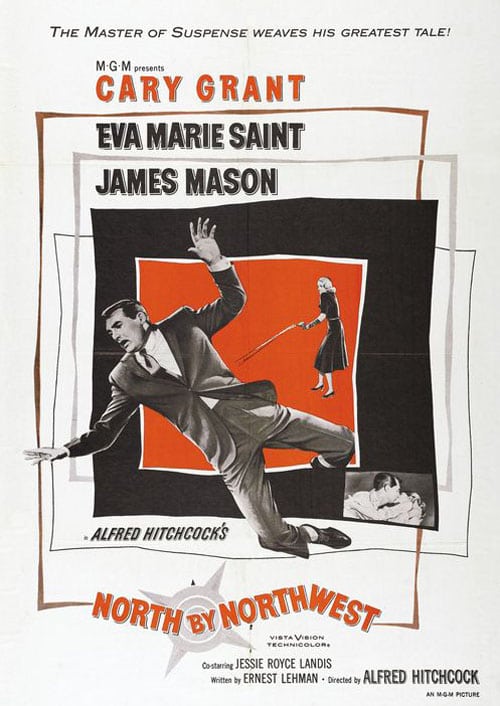
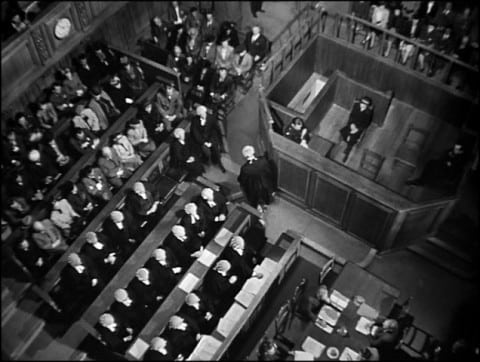
Be the first to comment